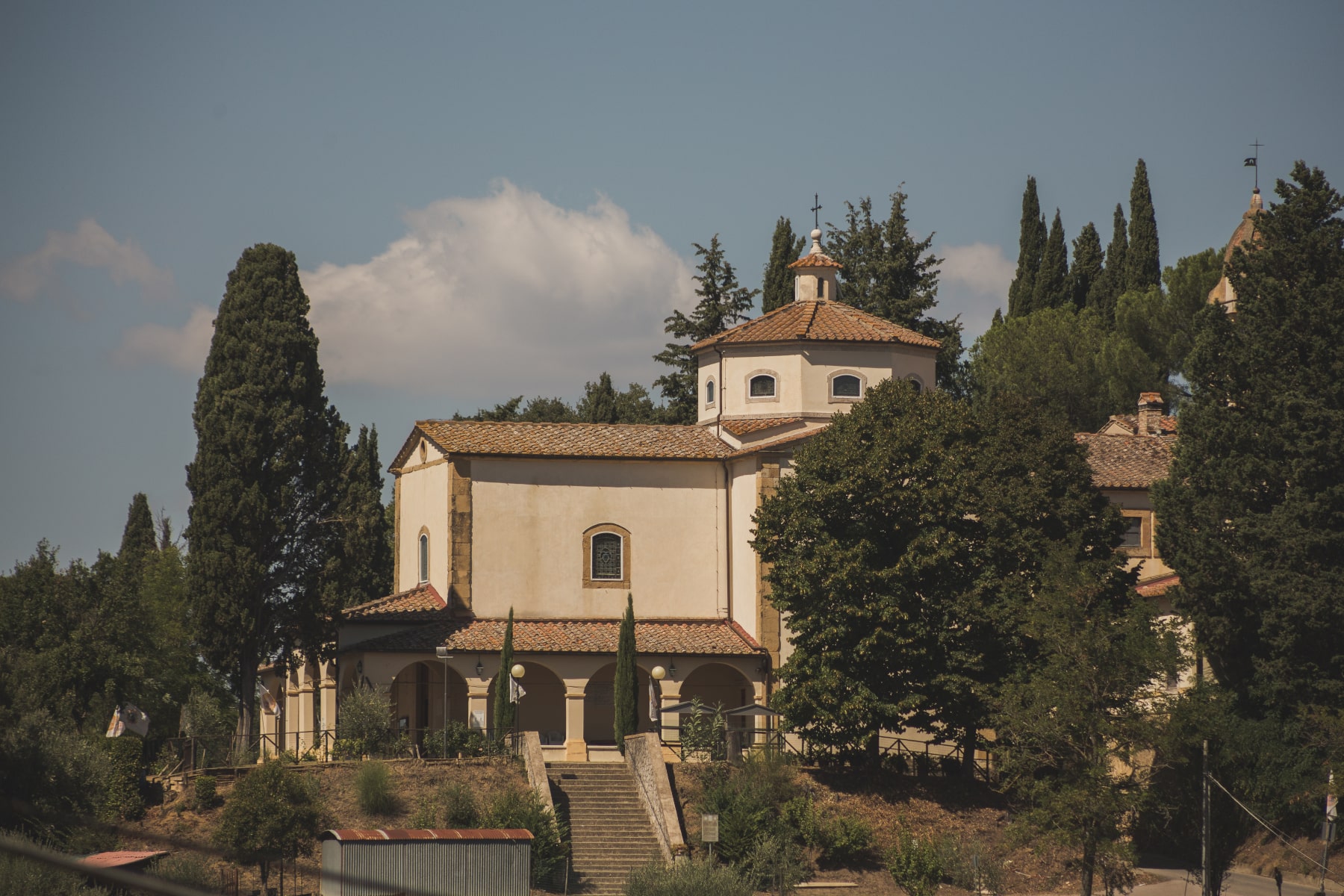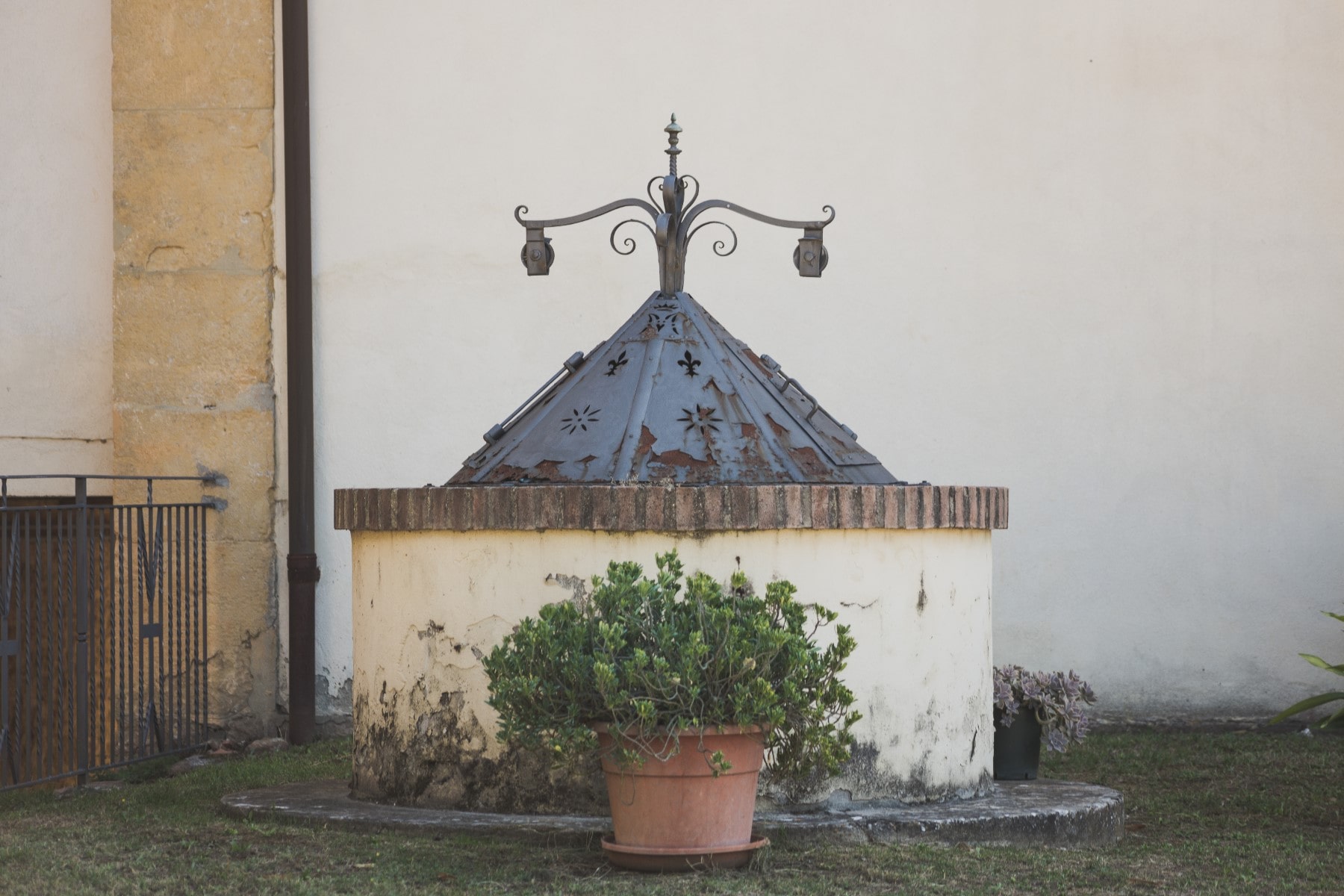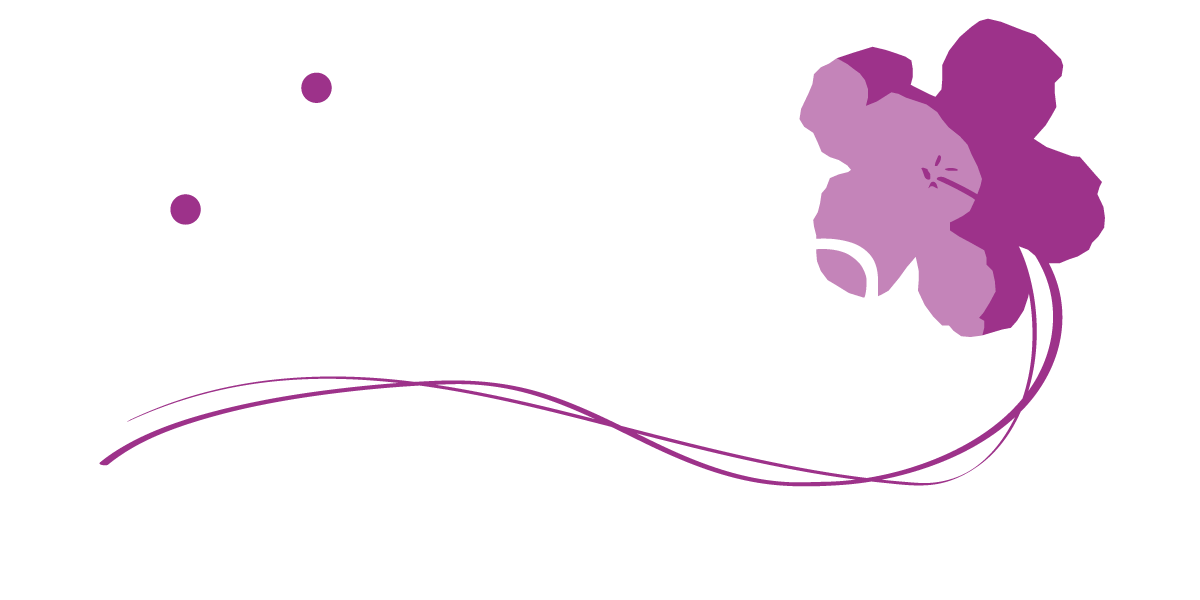Curiosities, culinary culture, and traditions along the Via Francigena
This short yet fascinating section of the Via Francigena ends in San Gimignano, a UNESCO World Heritage Site since 1990 and one of the most famous and admired villages in Tuscany. It’s a place rich in history, animated by great characters, mysteries, and legends. Many of these stories are linked to the village’s medieval towers, which have earned it the nickname “City of Beautiful Towers.”
The wealthiest families of San Gimignano began building these towers in the 13th century, primarily as residences but also as symbols of their power. Over time, an unspoken rivalry emerged, with families competing to build the tallest tower, as height signified greater prestige and fame. The symbolic importance of these structures was so significant that families often destroyed the towers of their rivals to assert dominance. As a result, only 13 of the original 72 towers survive today.
One of San Gimignano’s most famous towers, the Devil’s Tower, is shrouded in eerie mystery. Legend has it that upon returning from a long journey, the tower’s owner found it had grown significantly taller, even though he had not commissioned any work, and no one had seen the tower being raised. The event was thus attributed to the work of the Devil, giving the tower its name.

The culinary traditions of this region are among the richest in Tuscany. Two of the area’s most famous products are known as “the gold of San Gimignano”: saffron, a fragrant yellow spice, and Vernaccia, a golden-hued wine.
Saffron, of ancient Middle Eastern origin, has been cultivated in San Gimignano since the late Middle Ages, with numerous historical records noting its vital role in the local economy. Today, saffron continues to be grown naturally and is primarily used in culinary preparations.
Another local treasure is Vernaccia wine. It’s said that the first vines were brought to the area in the 13th century by Vieri de’ Bardi from Liguria, who began its cultivation. Vernaccia is a dry, savory wine with a distinctive almond finish.
Throughout the year, San Gimignano hosts many celebrations in honor of its patron saints, as well as historical reenactments that transform the town’s streets and squares into a medieval setting.
The feast of the town’s patron, Saint Gimignano, Bishop of Modena, is celebrated each year on January 31 with solemn events at the Basilica of Santa Maria Assunta. In the two main squares, Piazza del Duomo and Piazza della Cisterna, a fair is held in the saint’s honor.
On the first Sunday of August, the town celebrates the Blessed Fina. Her story and the devotion to her have been passed down for centuries, despite the fact she was never canonized. It’s said that every March 12, even after the harshest winters, yellow violets known as “Fina’s Violets” bloom throughout the town, recalling the miracle said to have occurred at the moment of her death in 1243.
San Gimignano also boasts one of the oldest and most unique carnivals in Tuscany, where two rival districts of the town compete in spectacular parades of allegorical floats.
In June, during the third weekend of the month, the “Ferie delle Messi” is held within the Rocca of Montestaffoli. This medieval festival brings the town to life with storytellers, musicians, actors, historical reenactments, market stalls, and the highly anticipated tournament “La Giostra dei Bastoni.”




Design by Iperattiva